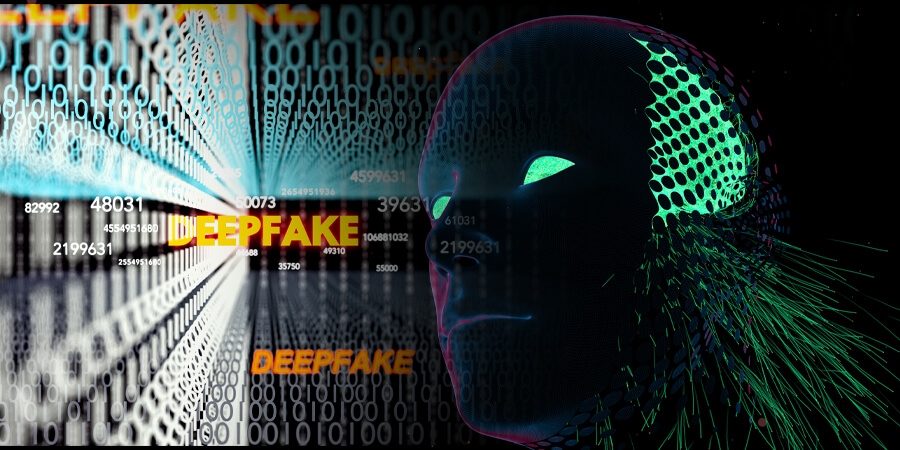Deepfake technology, a rapidly advancing field of artificial intelligence, has garnered significant attention in recent years. It involves the creation of highly realistic synthetic media, such as videos or audio, where individuals can be convincingly manipulated to say or do things they never actually did.
This technology has raised profound concerns regarding its potential impact on society, including the spread of misinformation and the overall erosion of trust in digital media.
The Technology’s Underlying Techniques and Algorithms
At the core of deepfake technology lies the use of deep neural networks, specifically generative adversarial networks (GANs). GANs consist of two main components: a generator network and a discriminator network. The generator network is responsible for creating the synthetic media, while the discriminator network attempts to distinguish between real and fake media.
The process of creating deepfakes typically involves two main steps: training and generation. During the training phase, the deepfake algorithm is fed with a large dataset of real media, such as videos or images, along with corresponding labels. The algorithm learns the patterns, features and nuances present in the real media to create a comprehensive understanding of the visual or auditory elements.
Once the training is complete, the generation phase begins. In this phase, the algorithm takes input from source media, which could be a video or image of a target individual, and applies the learned patterns and features to manipulate and morph the source media into a new output that resembles the target individual. This process involves mapping the facial or vocal expressions of the target individual onto the source media, resulting in a convincing deepfake.
Several techniques and algorithms are employed within deepfake technology to enhance the realism of the synthetic media. For example, facial landmark detection is used to identify key points on a face, such as the eyes, nose and mouth, to accurately map and align facial expressions. Deep neural networks are also utilized to generate realistic textures, lighting conditions and background elements to further enhance the authenticity of the deepfake.
It is worth noting that while deepfake technology has gained attention for its potential to create convincing and deceptive media, it also has legitimate creative applications in fields such as entertainment, visual effects and virtual reality. However, the misuse and malicious intent associated with deepfakes have raised significant concerns about their potential impact on society, media integrity and ethical implications.
Regulation That Balances Innovation and Security
The regulation of deepfake technology poses complex challenges due to its rapidly evolving nature and the potential for misuse. Governments and organizations worldwide are grappling with the task of creating effective regulations that balance technological advancements and freedom of expression with protection against harm. One approach to regulation involves focusing on the detection and labeling of deepfakes. By implementing policies that require clear labeling of synthetic media, users can be informed about the authenticity of the content they consume. Additionally, there is a growing call for platforms and social media companies to take responsibility for combating deepfakes by implementing robust content moderation policies and investing in advanced detection algorithms.
Another aspect of regulation involves the protection of individuals' rights and privacy. Laws and regulations can be put in place to ensure that deepfakes are not used to harm or defame individuals and to establish clear guidelines for obtaining consent for the creation and dissemination of deepfakes. Furthermore, some argue for the need for legal frameworks that hold creators and disseminators of malicious deepfakes accountable for their actions. However, regulation must also strike a balance that preserves the potential benefits of deepfake technology, such as its use in entertainment, art and research. Achieving the right equilibrium between regulation and innovation is a complex task that requires collaboration between governments, technology companies, researchers and civil society to ensure that deepfake technology is used responsibly and ethically.
In conclusion, the rise of deepfake technology has brought forth a new era of possibilities and challenges. While it has demonstrated the remarkable potential for entertainment and creative expression, it also raises significant concerns about the potential for misuse and the subsequent erosion of truth. The impact of deepfakes extends beyond the realm of entertainment, with potential implications in politics, journalism and personal privacy, to name a few. As we navigate this evolving landscape, it is crucial to address the ethical implications and establish robust safeguards to protect individuals and society as a whole. Only through a combination of technological advancements, legal frameworks and heightened media literacy can we embrace the magic of deepfake technology while mitigating its potential for harm.










